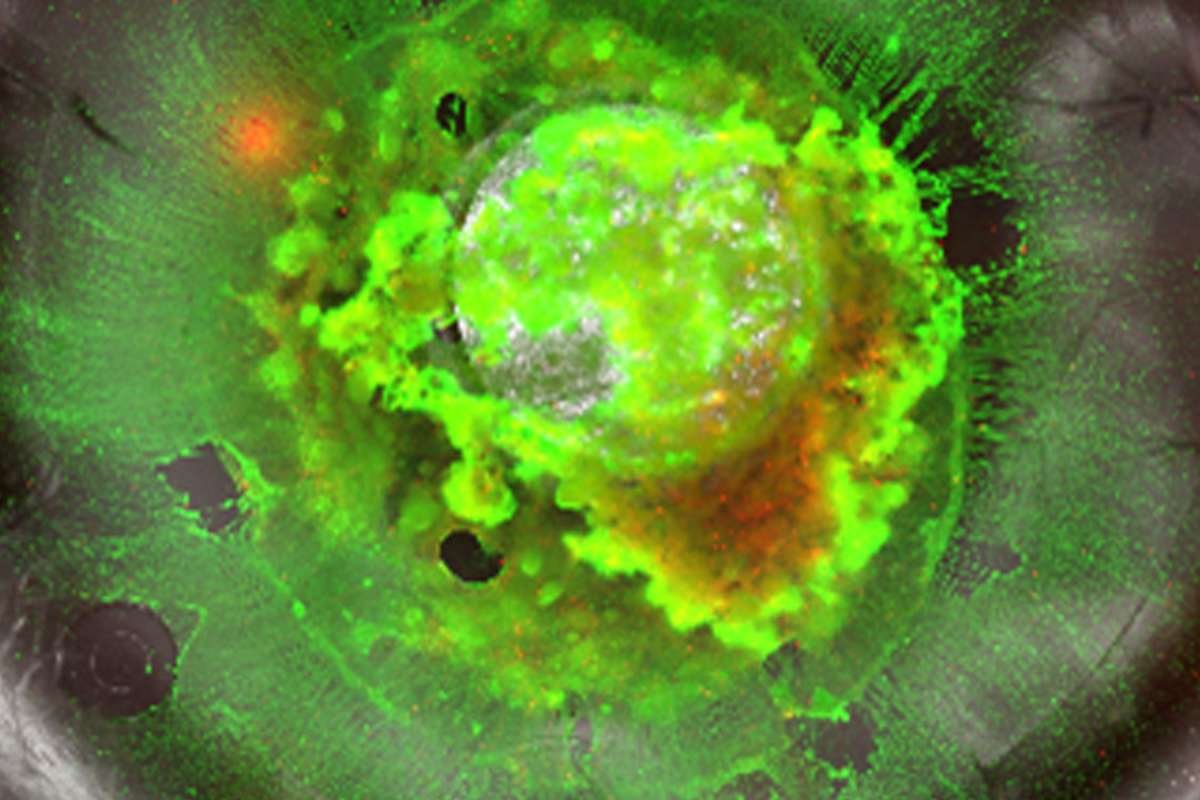Two proteins, YAP and TAZ, have been found to be regulators of the formation of bone in the womb. Understanding these proteins may help treat genetic disorders such osteogenesis imperfecta, also referred to as “brittle bone disease.” The McKay Orthopaedic Research Laboratory at the Perelman School of Medicine at the University of Pennsylvania conducted this small animal study, which was published today in Developmental Cell. The study advances the field of mechanobiology, which examines how mechanical forces affect biology.
Despite more than a century of study on the mechanobiology of bone development, the cellular and molecular basis largely has remained a mystery. Here, we identify a new population of cells that are key to turning the body’s early cartilage template into bone, guided by the force-activated gene regulating proteins, YAP and TAZ.”
- Joel Boerckel, PhD, study’s senior author, associate professor of Orthopaedic Surgery
Boerckel, the first author of the study, Joseph Collins, PhD, a former doctoral student at Penn Bioengineering, and his colleagues used single-cell sequencing to search through the genes expressed by individual cells in developing mouse limbs. They discovered and described a class of cells they named “vessel-associated osteoblast precursors (VOPs),” which “invade” early cartilage alongside blood vessels. These cells would be like the grandparents of bones, with osteoblasts being the parents, since osteoblasts are the cells needed to make (and fix) bones.
Importantly, the team’s earlier research has demonstrated that a pair of proteins called YAP and TAZ, which are sensitive to the body’s natural movement and are essential for early bone growth and regeneration, act as guides for the VOPs, relaying signals to them from the body’s mechanobiology.
An essential component of bone growth, blood vessel integration into the cartilage is guided by YAP and TAZ, the researchers discovered. By initially genetically eliminating YAP and TAZ from human cell models, they were able to show this function and even inhibit angiogenesis, the process that forms new blood vessels. The scientists then administered a unique form of protein known as CXCL12 to those human cell models, which allowed YAP and TAZ to be restored and normal angiogenesis to resume.
The work was done in close cooperation with Dr. Niamh Nowlan of University College Dublin, whose lab studies the effects of mechanical pressures on the development of the skeleton in both human and animal models.
It’s also fitting that Boerckel, Collins, and associates are advancing the field of mechanobiology by employing their investigation of bone growth as a lens.
“The study of bone development is the birthplace of mechanobiology,” Boerckel stated. “For example, Wolff’s Law of Bone Transformation, says that trabecular-;spongy-;bone adapts in a manner depending on the stresses placed on it, but Julius Wolff spent more time in his 1894 book focused on bone development than on trabecular bone.”
The Penn researchers intend to contribute to the understanding and, ideally, the treatment of hereditary and congenital musculoskeletal disorders with the knowledge they have gained from their studies on bone growth and mechanobiology. These include brittle bone disease, which results in easily broken bones due to faulty collagen synthesis, and arthrogryposis, which causes improper joint development as a result of restricted foetal movement.
“We are now working on using these findings to target these cells and pathways, either by direct mechanical or pharmacologic means, to restore cellular function and proper bone development in utero, potentially preventing these types of conditions,” Boerckel stated.
This research was funded by the National Institute of Arthritis and Musculoskeletal and Skin Diseases (R01 AR073809, R01 AR074948, P30AR069619, NSF CMMI 1548571) and the European Research Council (336306).
Also Read: 5 Tips to Maintain Your Bone Density











